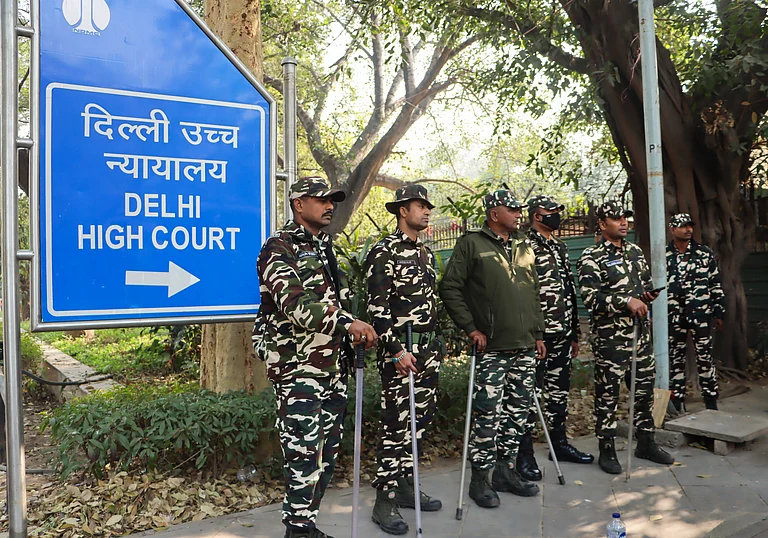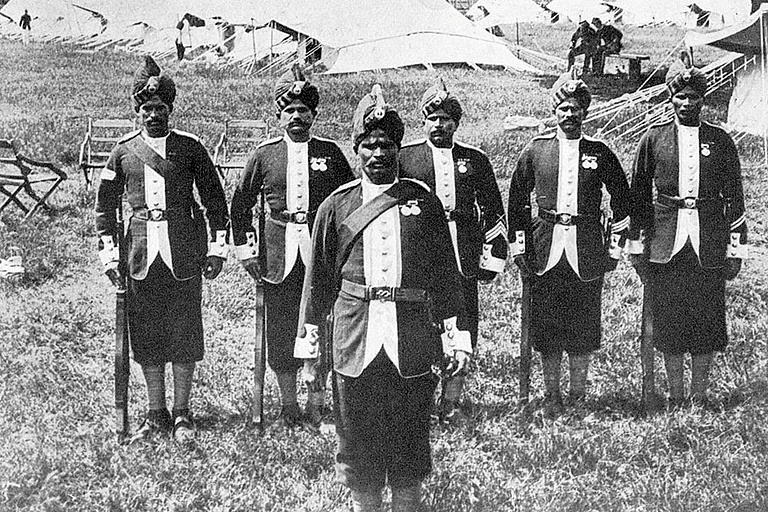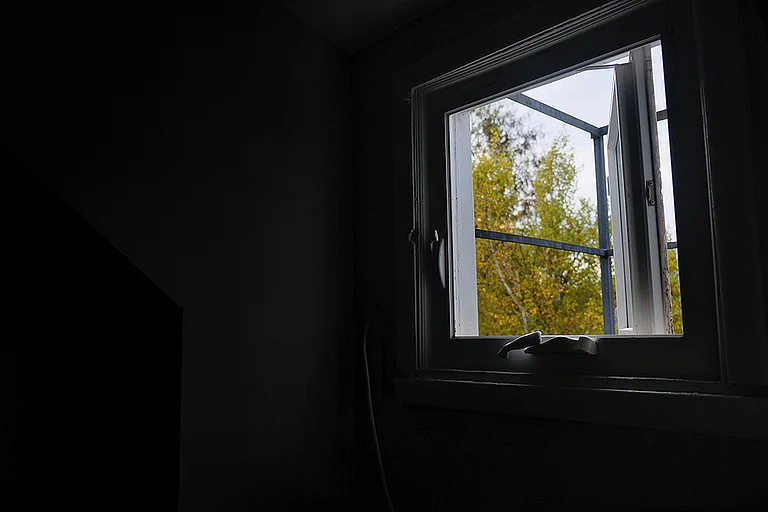It was precisely this time a quarter century ago, at 54, that I went through the most traumatic phase in my life. I had suffered a slipped disc (off stage) and the doctor gave up, and told me I could never perform again! Shattered, I wept inconsolably before my deity, Guruvayurappan. And He brought me back, within six months, to where I always belonged: the bare, cold floor of the Kathakali arangu. The venue: where else, but Guruvayur. A wave of untold grace and relief washed over me as I took the stage. A huge crowd had turned up. I remember that night-long show clearly: it was May 1992, a couple of days before I retired as principal from Kalamandalam, also my alma mater.
My trysts with that famed temple town haven’t been all about piety, of course. Guruvayur was also where I spent a lot of my bohemian days. Jayasree lodge used to be a frequent haunt for us friends; we played cards and went on bouts of binge-drinking, smoking beedis non-stop. Some well-meaning sorts expressed heart-felt pain over my fondness for drink, but those days it was what boosted my spirits the most. For the past 15 years, it’s just the reverse. I don’t touch the stuff; as an artist, you want to squeeze the best out of yourself. My career has flourished like never before—the old and the young watch me today keenly, meet me backstage. An improbable stardom, even at 80!
I have specialised in enacting romantic heroes. Their make-up and costuming require time—no less than six hours! My knees ache these days. I can’t anymore sit cross-legged while they meticulously put all that paint on my face. Chair-seated, I concede, isn’t the classic posture of a Kathakali dancer in the greenroom. Some would mistake it for VIP treatment. Well, it isn’t: I have used the facility even amidst my seniors, including mentors.
I was 55 when I officially left Kalamandalam. I intermittently teach there now, as an emeritus professor. My classroom for the MA boys is the same one where I taught Kathakali to another generation in the early ’60s as a young tutor. Kalamandalam has grown by leaps and bounds since then; many of its concrete blocks are new. Even so, I managed to regain my favourite eave-roof spot. Reminds me of my old days on this leafy campus, on the banks of the Bharatapuzha, the most poetic landscape in Kerala.
After I’d joined as a student back in 1951, Kalamandalam groomed me every which way—unlike my native village, which is just down the road and across the river. As a child growing up in semi-hilly Kothachira, I’d help my elders in the fields, lifting paddy sheaves in bundles and stacking them in the front yard of the main homestead—we were the poorer end of a well-to-do tharavad. Never did a grand-uncle offer me lunch, let alone show a streak of affection. Of our evening kanji, my mother and grandma would have the watery gruel, leaving the rice for me. Yet I’d have been a lifelong native of those parts, but a second wave of bad vibes from folks there prompted me to move out. These days, I occasionally pass by, but would seldom tell my chauffeur to slow down for a dekko.
Perhaps no one yet knows where I first met my heroine! Well, the story goes back to an old asan, Vazhenkada Kunchu Nair, an illustrious presence in the Kathakali hall of fame though not as well-known as my gurus, the late Ramankutty Nair and Padmanabhan Nair, who were icons. Kunchu asan was also a principal at Kalamandalam, but never actually taught me—I was already a junior teacher when he took charge in 1959. All the same, I got a taste of his technique when I rehearsed a new story-play under his watchful eyes. He sported a faint smile that, I already knew, came from profound love.
The other day, as I received an award named in Kunchu asan’s honour, the mind raced back. I was in my mid-teens when I first saw him at Nareri mana. A rich Brahmin homestead not far from Kothachira, it briefly ran a Kathakali wing, where Thekkinkattil Ramunni Nair initiated me into the secrets and rigours of this art, one of the world’s most sophisticated classical ballets. (Before that, I was paddling around with the more folksy Ottanthullal). Once I stopped by on a short vacation from Kalamandalam, and Kunchu asan was there at Nareri to perform. I was introduced to him, and a nephew of his—a diminutive lad my age. Who else but Kottakkal Sivaraman! The best female-role Kathakali talent of our era, who over the decades paired opposite my Nala, Bahuka, Rugmangada, Kacha and Karna in countless shows.
Performances have taken me around the world for so long I’ve seen audience members, kids when I first saw them, get to be middle-aged! I get updates on European and American friends, close since the ’60s. Some of them visit me on their India sojourns. I can’t but forget a five-decade-old incident in a Paris hall, where a heavily pregnant lady in the front row screamed in horror upon setting eyes on my fierce Raudra Bhima—and was rushed to hospital, where she soon delivered the baby! France still has a lot of Kathakali lovers. Perhaps even that child has sat in those chairs as I performed.
Back home, it’s ‘season’ and I’m busy. I get lead roles in both kinds of plays: choreographically dense and the melodramatic. There’s one of the latter sort that no longer appeals to me. Yet I give it my best. Mohanlal, the best actor around nowadays, did exactly that in the latest superhit Pulimurugan. The katha may be bad, but your kali shouldn’t be!
The writer is the greatest living Kathakali performer



















